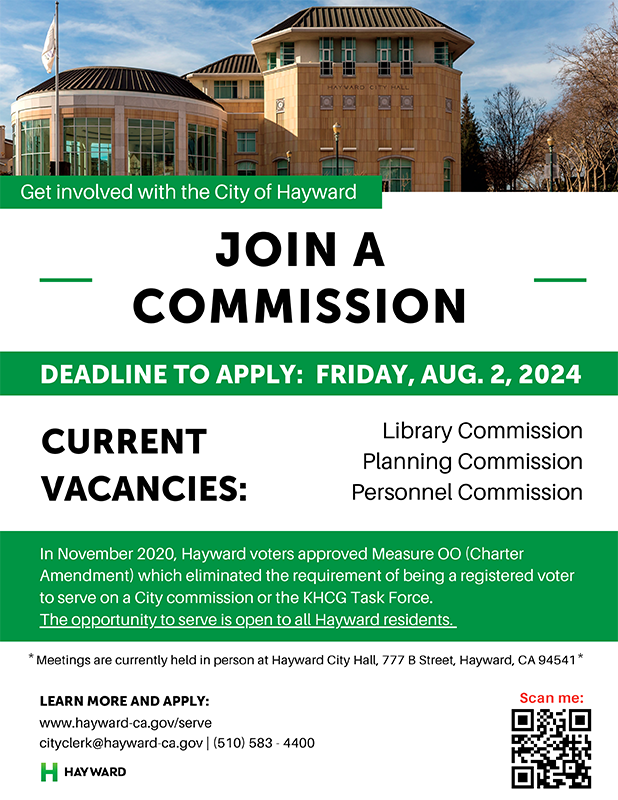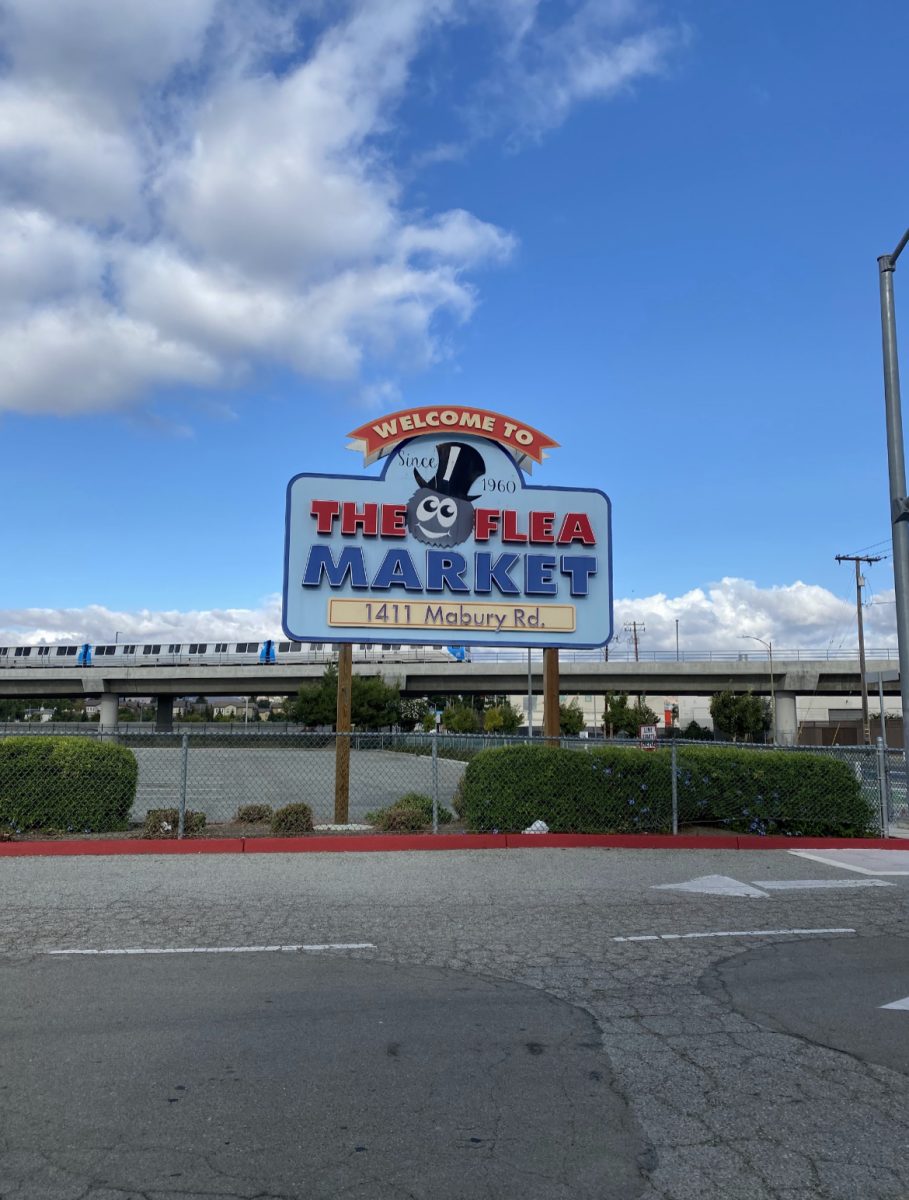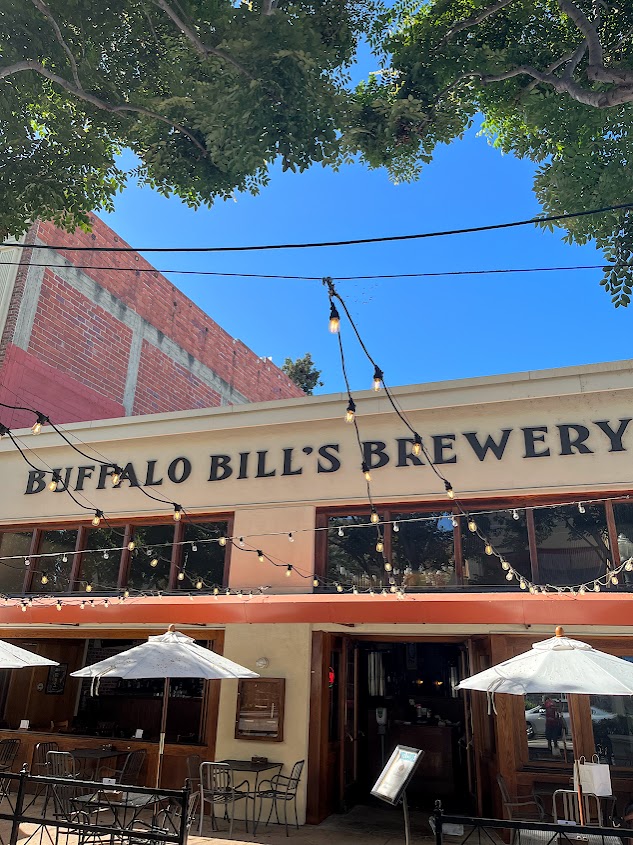
styles.
Musical styles from Chinese to Latin and Western to classical fill the classrooms of San Francisco’s Community Music Center (CMC) and overflow into its corridors, as students of all ages learn and develop the music art form.
“There is nothing like the experience of making music for self-expression and for building friendship and community,” said Sonia Caltvedt, CMC marketing director.
The music center seeks to make music accessible to the masses while also strengthening diversity within the Bay Area community and surrounding neighborhoods.
Since its conception in 1921, the music-based organization has developed into a collaborative effort, with branches in the Richmond and Mission Districts as well as music programs throughout the community.
“It’s a remarkable organization and a community in the way that for 90 years it has realized a single mission,” said Chris Borg, CMC executive director. “That single mission has guided us through program development and critical moments of how we wanted to find ourselves in the community and it’s really the mission of making music accessible to anybody.”
As economic hardships have limited families’ spending habits, Borg says the heart of the center’s mission is to breakdown financial barriers and provide music education to any individual who is interested in learning the art of music.
Receiving the majority of its funding from foundations and individual donors, the non-profit organization provides financial assistance to over 70 percent of the students enrolled at the center.
“Our funding is brought through with the understanding that they are providing opportunities to low-income families,” said Borg.
The mission of the CMC goes beyond the classroom and also stimulates the minds of students by providing them opportunities as audience members.
Borg said there has been a high amount of participation and support from world-renowned musicians who voluntarily put on free concerts for the neighborhood.
“They’ll arrive in their jeans and give us a half an hour performance and the remaining half hour is time for people to ask questions to these world class musicians,” said Borg. “You don’t even have that opportunity on the main stage in San Francisco.”
The music organization’s collaboration with San Francisco Performances has allowed for the access to professional musicians.
“[Building collaborations] is the best way to describe our mission, by making [music] accessible to students who are beyond our community,” said Borg.

anniversary last October.
Over the past 10 years, the organization has grown notably, teaching 2,400 students in the Bay Area and surrounding neighborhoods.
Borg says the recent growth limited their operational space, forcing the organization to reach out to the community and build collaborations, which he says has resulted in the center’s hallmark programs that are qualified not only by student experience, but is the main reason why the center is such a popular organization with notable foundations.
In hopes of future advancement, the music organization has plans to utilize technology in bigger and more profound ways, “Not only in the classroom but with how [it] operates as an organization,” according to Borg.
The center is currently in the process of searching for opportunities that will make program and facility expansion possible.
Beyond the classroom, the music program’s diverse musical styles can be heard at concerts and performances, offered for little to no cost throughout the Bay Area community.
As music and art programs continue to be first on the budget chopping block in school systems nationwide, the music organization serves as an alternative for students with a desire to learn music.
A 2003 survey from the Gallup organization revealed that “95 percent of Americans believe music is a key component in a child’s well-rounded education,” however a 2004 report showed that the percentage of children with access to music has declined 50 percent in the past five years, according to the Music for All Foundation.
Although the CMC has no affiliation with the public school system, Borg said the program looks closely for opportunities to enhance a student’s experience in the public schools through after school collaborations.
“For the past 90 years, CMC has been a place where people of any age, ability or financial means can learn to play and we plan to be here for the Bay Area for generations to come,” said Caltvedt.












